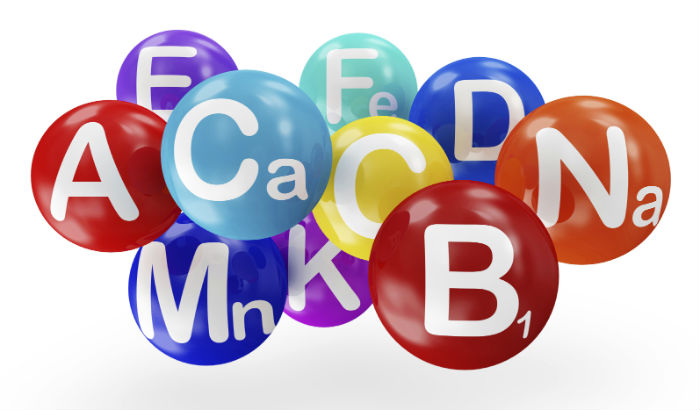Pranayama is a Sanskrit word. “PRANA” means energy of life and “AYAMA” means to control. So pranayama simply means controlling one’s own breath (inflow and outflow of air). Deep Breathing is the scientific word for pranayama. Taking a long deep breath to the bottom of the lungs, and holding it for a while and then slowly releasing it, is what is called as deep breathing.
How deep breathing impacts us?
- Draws more oxygen into the body
- Holding the breath allows more contact time between the blood and the oxygenated air for gaseous exchange, or simply better loading of blood with oxygen
- Availability of more oxygen to all the organs including the heart to sustain their functions
Pranayama which only takes a few minutes to perform immediately lowers resting blood pressure and heart rate. Regular practise of pranayama results in permanent decrease in blood pressure and heart rate which means that the workload and the wear and tear for the heart are both reduced. The cool thing about this breathing technique is that it can be practiced anywhere, anytime and without any equipment.
Heart attacks are predominantly caused by an imbalance in the demand-supply ratio of oxygen to the continuously working heart muscles. Deep breathing can help uproot the cause of heart disease and even reverse the course of it.
Regular practice of pranayama also resets the autonomic nervous system to parasympathetic dominance, meaning it decreases arousals to external stimuli thus decreasing anger and hostility. Stressful triggers are an inevitable part of life but it is how we perceive these stressors that is the major determinant of our health.
Benefits of Pranayama
- Reduction in blood pressure and heart rate
- Relief from day to day stress and anxiety
- Regulation of myocardial oxygen demand – supply ratio
- Strengthens the muscles of respiration and provides relief from breathlessness
- Improved sleep pattern and a permanent solution to sleeplessness
- In short, all the benefits of meditation can be achieved by using deep breathing as a meditative technique, that is, by focusing on the breath as we breathe in and out.
When pursued in combination with regular exercise, healthy diet and a positive mindset, Pranayama is bound to make our hearts younger and our lives more enjoyable.
I would like to conclude with this quote from Dr. Russ Harris, a medical practitioner, psychotherapist and a bestselling author.



